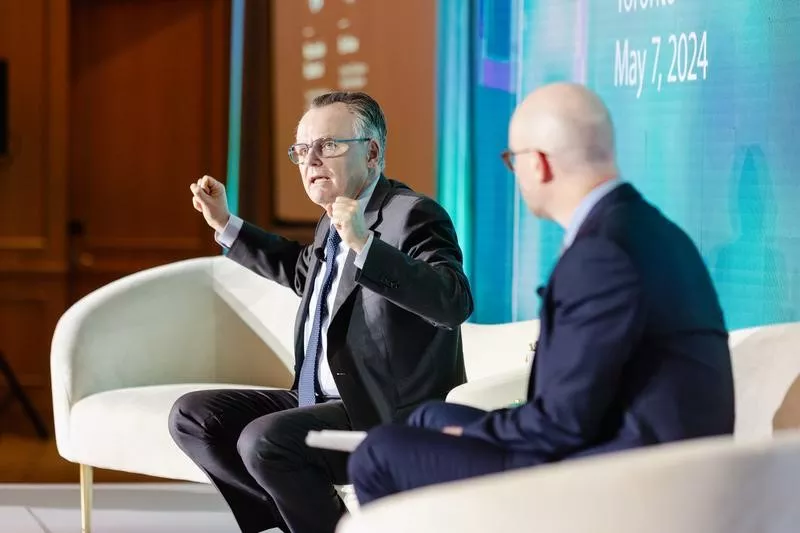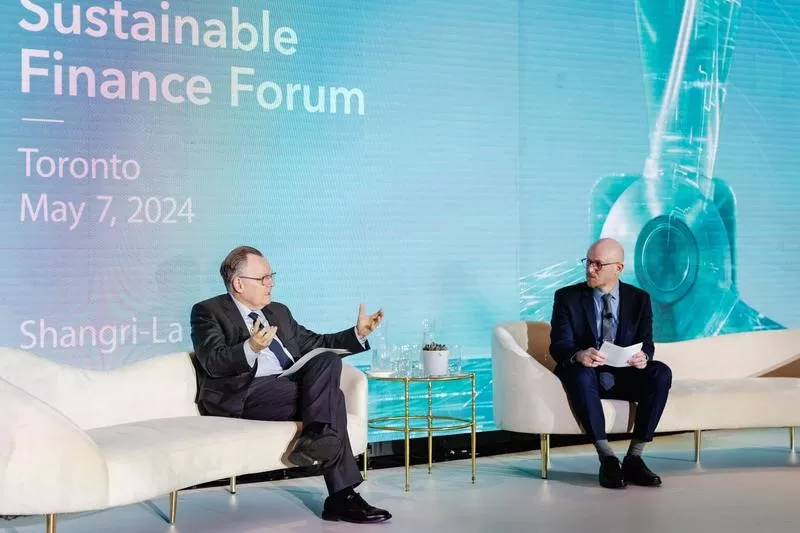Investing Differently for a Sustainable Future
What sets CDPQ apart is our dual mandate: generating returns for our depositors and contributing to Québec’s economic development. It makes us one of the funds that is the most invested in the world in its local economy – with $88 billion invested in the economy of Québec, an ambition to reach $100 billion by 2026 and the conviction that when the communities where we invest are strong, our investments will perform better.
This dual mandate also inspires us to think differently about sustainability. In 2017, we were the first institutional investor in the world to set out a comprehensive climate strategy to address our commitment to becoming a global leader in sustainable investing. Since then, we have reduced our carbon footprint by 59% and we now hold $53 billion in low-carbon assets and $330 billion in assets with a low-carbon footprint. Nearly 80% of CDPQ’s portfolio is in low-carbon assets or assets in low‑intensity sectors, where our constructive capital makes a difference. We focus on our carbon footprint, but we also believe that we have a significant contribution to make in contributing to reduce the emissions of others. In this context, we see the transition as an immense opportunity for global institutional investors like CDPQ.
When we listen to the current narrative around the transition – it is often defensive – and driven primarily from a risk lens towards investments. While effective and based on science, there are strong headwinds. In the North American context, the rapid and substantial alignment of capital triggered under the Inflation Reduction Act ("IRA"), one can only notice that the "carrot" approach taken is most effective: investors are able to see opportunities and pursue them. For those investors leading the way, it is clearly an offensive play.

New and Innovative Partnerships
Importantly, the right people must be around the table to make sure that we can develop the partnerships and the right investment platforms needed for a successful transition. In many situations, the right risk/return equation is not yet there for institutional investors - and this is what we need to solve as this enormous pool of capital is essential for the transition.
To add to the complexity, the transition needs to happen in both developed and emerging countries. If there is no transition in the South, there will be no global transition. Emissions don’t consider borders.
An example of this new partnership approach happened a few years ago. When Canada hosted the G7 in 2018, we helped create the Investors Leadership Network (ILN). This group of 14 institutional investors from the G7 representing over $10 trillion of assets under management came together around climate change, sustainable infrastructure and diversity to advance concrete solutions.
Last year, an agreement was signed with the US Treasury to look closely at how we could contribute to the transition in certain emerging markets. It then led to an agreement with the US Trade and Development Agency (USTDA) for a project preparation facility of US$100 million available to ILN members. This partnership encapsulates the spirit of cooperation between the public and private sectors that is essential to bridge the climate financial gap. It makes me proud that CDPQ is leading this initiative alongside Natixis and NinetyOne.

That’s how we need to think about sustainable finance: partnering differently, working collaboratively, and looking at opportunities in a more innovative way.
Because we've never done this before: taking an entire planet and transitioning it. It is complex. It requires every stakeholder to come together in a way that was never done before – to think and act differently.

Marc-André Blanchard
As part of Bloomberg’s Sustainable Finance Forum in Toronto, Marc-Andre Blanchard, Executive Vice-President and Head of CDPQ Global and Global Head of Sustainability had a fireside conversation with Eric Kane, Director of ESG Research at Bloomberg Intelligence. They discussed what sustainability means for CDPQ, the role that finance plays in addressing climate change and biodiversity, the importance of blended finance, and the need to think about partnership, risk – and opportunity – differently.
Their complete conversation is available in this ESG Currents episode, a Bloomberg Intelligence podcast.



